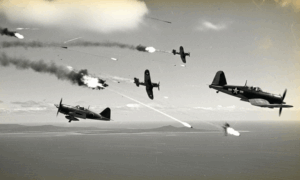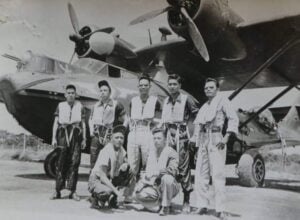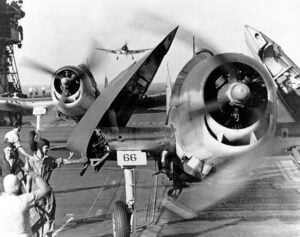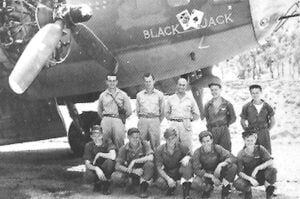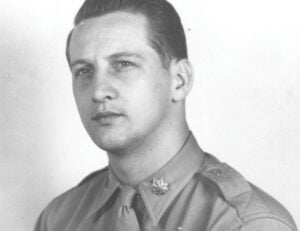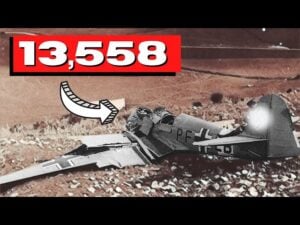Watch Saipan WWII 318th Fighter Group P-47 and Zero at Isely Field from National Archives
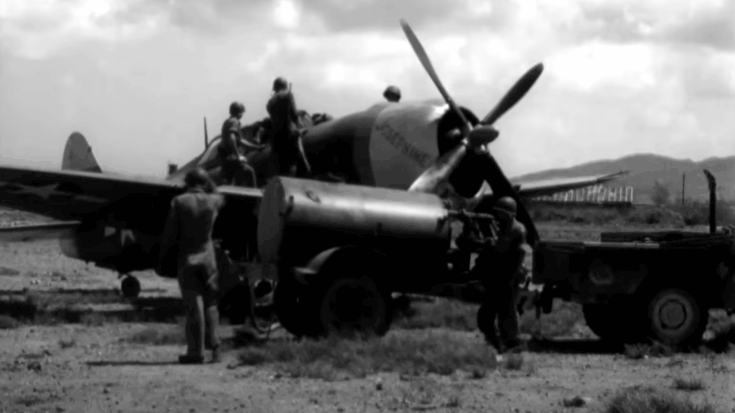
airailimages / YouTube
Saipan and the American Landing
Saipan was more than just another Pacific island in World War II. Its location allowed U.S. long-range B-29 bombers to reach the Japanese home islands, making it a major objective for both sides. The U.S. Marines and Army landed on Saipan on June 15, 1944, facing well-dug-in Japanese forces using high ground and caves for defense. These positions caused high American losses as they came ashore under fire.
The Japanese considered Saipan part of their critical defense zone. Losing it would open the path to Japan. Before the invasion, Japan tried to reinforce the island, but American submarines intercepted the supply ships. As a result, the defenders had limited resources. Still, the garrison numbered 32,000, much higher than U.S. estimates. When the invasion began, the Japanese Navy responded by launching the Battle of the Philippine Sea on June 19–20, aiming to stop the U.S. fleet. The Japanese attack failed, and their carrier force was heavily damaged.
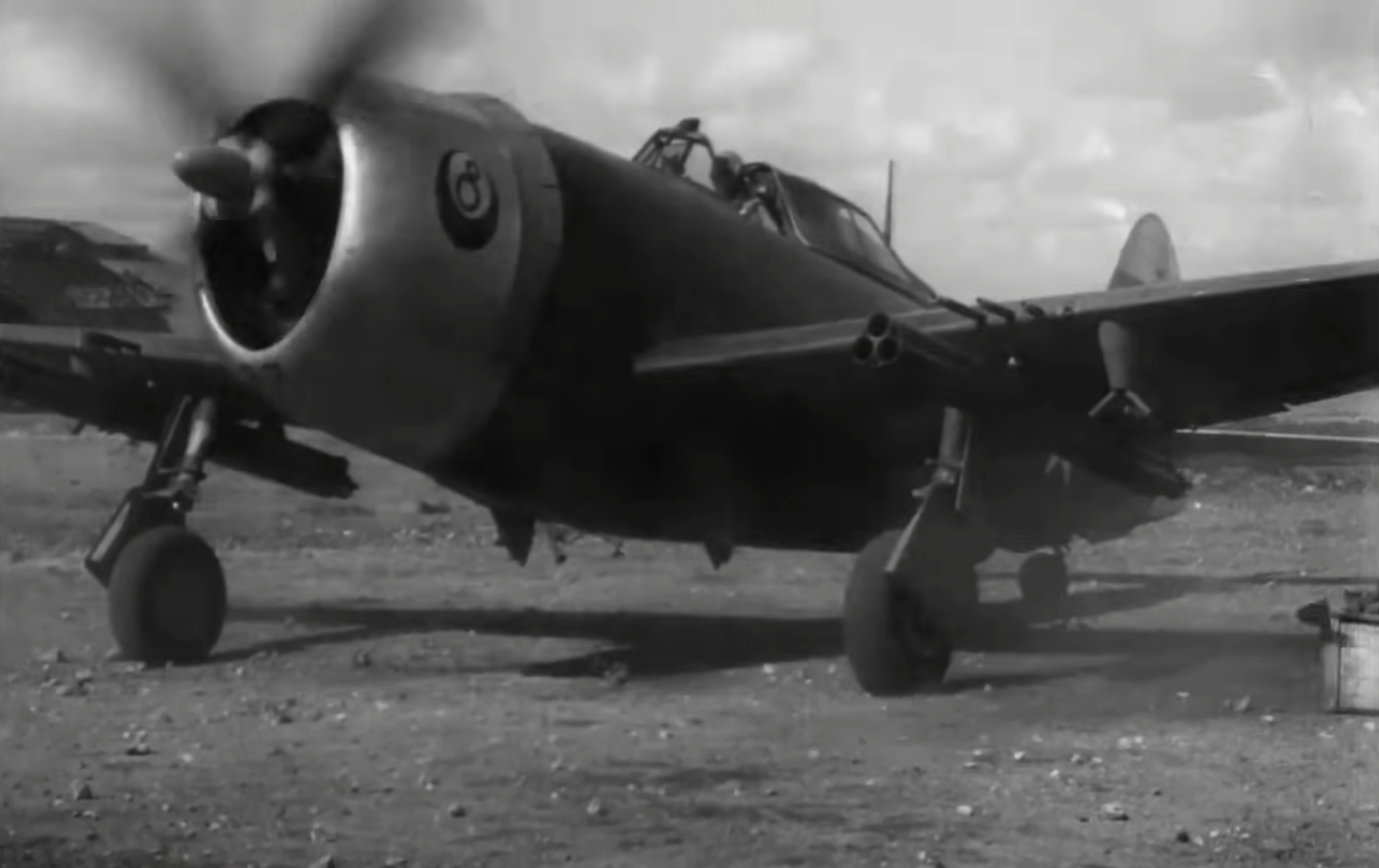
P-47 Thunderbolts Arrive
On June 21, 1944, U.S. Army P-47 Thunderbolts from the 318th Fighter Group took off from the escort carrier USS Natoma Bay and landed on Saipan. Fighting was still ongoing. More Thunderbolts followed from USS Manila Bay on June 23 and 24. These aircraft were brought by carrier from Hawaii and landed on a damaged Japanese airstrip later renamed Isely Field, after a U.S. Navy pilot who died attacking the site.
Once on the ground, the P-47s quickly began air support missions using napalm tanks and M8 rockets launched from M10 racks. The M8s, about 33 inches long and weighing 40 pounds, were fast but lost accuracy after 800 yards. Engineers from the 804th Battalion worked to improve the airfield and helped prepare the area for shore operations.
Keep going for the video below:














